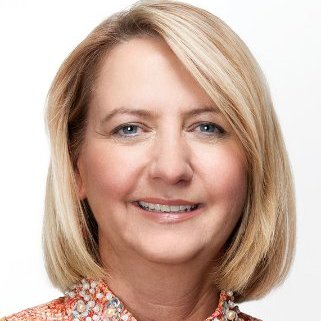Life at the Intersection of Engineering and Law
After helping engineer a highly successful medical industry spinoff, Joan Stafslien ('87) readies for her next challenge
 In 2008, as senior vice president and general counsel for Cardinal Health’s clinical and medical products business, Joan Stafslien (’87) began the process of spinning off that division into a publicly traded company, one that would rapidly emerge as a major medical technology industry player. It was an effort that would call upon her engineering background and ultimately change her life.
In 2008, as senior vice president and general counsel for Cardinal Health’s clinical and medical products business, Joan Stafslien (’87) began the process of spinning off that division into a publicly traded company, one that would rapidly emerge as a major medical technology industry player. It was an effort that would call upon her engineering background and ultimately change her life.
Over 13 months, Stafslien, a McCormick chemical-engineering-major-turnedattorney, led a team that crafted the governance structure, negotiated the spin-off transaction documents, and established the company’s debt structure. “The spin-off needed to be a viable entity from day one,” Stafslien notes.
Describing the challenge, she says, “Engineering and law aren’t that different. One’s numbers, and the other is words and legal principles. Both are fundamentally about dissecting, analyzing, and resolving issues—and when you’re creating something wholly new, it takes a lot of problem solving.”
Stafslien recalls time spent as an undergraduate investigating complex classroom problems in the office of engineering professor John Torkelson. “That’s really where I learned how to set and work through challenging questions,” she says.
The spin-off was completed in September 2009, and Stafslien assumed the role of executive vice president, general counsel, and corporate secretary for the resulting enterprise, CareFusion. “That I was an engineer and could understand the science side of our business was vitally important,” says Stafslien, who navigated the complexities of the company’s high-tech work, diving in alongside clinical, operations, and R&D staff to tackle the legal issues inherent in the highly regulated healthcare industry.
Over its first five years, CareFusion grew into one of the world’s leading providers of medical technology. As is often the case with surging, firstrate companies in the fast-evolving healthcare universe, CareFusion attracted the eyes of suitors. In October 2014, Becton, Dickinson and Company, a major global medical technology company, signed a deal to acquire CareFusion for $12.2 billion.
Reflecting on the deal, which closed in early 2015, and contemplating her future, which may include board work, Stafslien says, “We not only brought hospitals life-sustaining equipment, we also helped reduce medication delivery errors and infections. It was important, even life-changing work, and I feel that experience will always be an asset wherever I choose to go. I know I have much more to give.”
